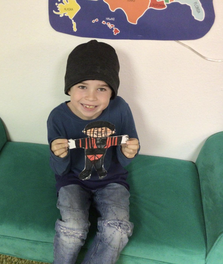 I wish that everyone could see what I see in The Innovation School. I wrote a blog post last year telling our story and journey to The Innovation School and this year I want to try to really convey the value this school has to offer in a few blog posts over a series. I get asked many times throughout the school year, “What is The Innovation School?” And it’s been somewhat of a struggle to explain the difference between a public or more traditional school vs this amazing school, The Innovation School. And, the best way I know how to explain it is to show them all the amazing things this school offers that you will not find in the more traditional school setting. For the first part of my series I want to talk about the school size and structure and how it makes a difference. The size is one of the biggest things I value about the school and it isn’t necessarily because of the number of students. The Innovation School is smaller than your average school. Sebastian is 8 and he is in 2nd grade and his class consists of 9 students. They are known as the “Teal Band.” The Teal Band consists of students of many different ages and learning styles/talents. I love this for many reasons but mainly being he gets to work with students that have wide-ranging strengths and interests that aren't defined by grade or age. Sebastian gets to learn how to help and teach those who need it like working with the younger students and he gets to experience what it is like to be taught and helped by someone a little older than him. He isn’t just with his same-age peers, he is with a community of students. He isn’t in a school where he is considered “smarter” than or “behind” his peers. He is getting to learn his strengths and his weaknesses and he gets to learn to apply them in a healthy environment. Because of the small class he is able to get more one-on-one attention with the skills he is working on developing. He also gets to thrive with the skills he is more advanced with. There is no getting behind or having to wait until the rest of the class is caught up before getting to move forward. Best of all, he gets to work in a community setting instead of working by himself like in most traditional school settings. In the “real world” we work with others and we figure things out and learn with each other and from one another and very rarely do we figure things out by ourselves. I love the community aspect, the helping one another, and the small size of the class so Sebastian can get the support he needs as a learner and individual.
0 Comments
I am privileged to facilitate restorative circles at our school. Sometimes these are between a few students and other times a circle is held for a whole class. It is a privilege because there is something uniquely human about connecting through language and communication and it is deeply touching to witness and take part in this type of human connection. I began our journey with restorative circles during the 2020-2021 school year. The start to the school year was a rocky one -… children coming back to school after 7 months away from it, many of whom spent a lot of time staring at screens. We had also moved to a larger location for our older students, which had its own set of stressors. We had new staff members, new students, a new location, and the trauma of an ongoing worldwide pandemic to navigate. When my oldest was little, well before he was even 2 years old, he could sense the emotions of others and yet struggled with his own emotions. I remember vividly locking eyes with my sister when her weeklong visit from Phoenix was coming to an end as he would “act up”… perhaps yelling or crying or just acting out of character. I was amazed to intuit that he could sense my sadness at her leaving, as well as the hole that would be in our routine from having had her around for the past wonderful week. I also found it interesting to see how he struggled with voicing his own sadness or frustration that she would be gone. I unconsciously filed these things away. After having my other son and working with other children for the past 6 years, I continue to file these experiences away as I now help them name their emotion and work to respond to it, instead of react. This is not a natural behavior for me but has come with practice as well as confidence in my own intuition to guide me. All that to say that our children have suffered, as we all have, at the hands of the stress of the current world. (I have some thoughts about the sensitivity of children and how I believe it has the potential to guide us into a new age of connectedness, but I am still pondering how to put that thesis into words and exploring it further.) With a sense of determination, I began to dig into the practice of restorative circles as I was convinced that our students were feeling a lot more than they were able to express and I wanted to help. This is a precious practice. It is a safe way for humans to share thoughts, talk through disagreements, provide feedback, challenge each other while also supporting one another, and learn self-regulation, respect and communication. As the host, I prepare the space, creating a center to our circle in which to place a symbol of our intention. (We use a book that our very own, Nancy Walker, made for us.) I invite the students and we circle up and start by reading through our circle guidelines. I help create an intention for the circle. Perhaps we are focusing on how we can show up as leaders. Or maybe there’s been an issue between a few students and we focus on how to rebuild and heal relationships. Then we pass our talking stone (a large heart shaped rock my youngest found in our yard years ago) and begin with a check in. Students are encouraged to share an emotion they are coming into the circle with. This allows them practice in identifying their emotions. And then we begin. Students can pass if they choose not to share, but most participate freely and energetically. This practice is special because it gives us a chance to truly connect, to see each other clearly, to hear one another, and live in community together. We learn to support each other, even when we are being challenged. We learn to listen and truly hear each other. I guide the circle without a set direction and allow the conversation to flow organically, relying on my intuition to guide it to fruition. I have been able to use this practice with my own family and have even been able to lead some circles with other families. When my oldest was feeling my sadness at my sister leaving and struggling to handle his own feelings of sadness about it, I wasn’t sure how to help him. But when I filed those observations away, I am able to bring them back out as I navigate our students’ place in our school and how they are holding space for their emotions, themselves, and each other. I feel lucky that I am able to help children identify their emotions, communicate them with others, and learn how to process them. Feelings don’t go away, but we have a choice… do we react or respond to them? Reaction leaves us feeling out of control and acting out in a way that doesn’t feel true to who we really are. Responding allows us to use our emotions to grow, learn more about ourselves and our environment, and become responsible and loving members of our community. (Because we have been practicing these for almost 2 years now, I’m not sure where to give credit to our guidelines, but there are more resources here and here.) Maggie Barth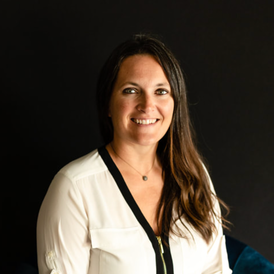 TIS Founder, mother, Educational Architect and advocate of children through education reform From the moment you become a parent, you are surrounded by a seemingly endless stream of choices. Everything from feeding choices to decisions about sleep and screen time and more - what seemed so easy in parenting books, blogs and websites is suddenly jumbled into a mosaic of a reality that brings new questions, new challenges and new choices every day. Eventually, you find yourself in a rhythm that for the most part, carries you through it all. You embrace the challenges, successes and changes as they come. Your child starts school and you're certain that everything will be routine and that you'll work through any challenges as you had in the past. After all, school is predictable and you've been through it so you know what to expect, right? When I had children, I was absolutely certain that they would have the same K-12 experience that I had. I grew up in suburban Philadelphia and stayed local to my hometown after getting married and having children. We were fortunate to be zoned for an excellent public school system, and as my daughter quickly approached Kindergarten age, we prepared for the transition. Both of my children were already in preschool where I held the role of Assistant Principal and where they had been exposed to all of what I believed would prepare them for success during their K-12 experience. Everything changed in June of 2019 (the Summer prior to my daughter's Kindergarten year) when the refinery where my husband had worked for 17 years was closed after a devastating explosion and we found ourselves on a new journey that would lead us to Bismarck. After my husband moved to Bismarck, I stayed in Pennsylvania with my children for several months to sell our home and to prepare for our move. I had never been to North Dakota prior to our move (that was definitely a "trust the process" approach!) so I didn't know what to expect. I had my Bachelor's degree and Master's degree in Early Childhood Education and had worked for private preschools for 15+ years, so I carried assumptions with me that I'd end up in a similar setting for work after our move. Once we moved and I realized that Early Childhood Education looks very different in ND than it does in PA (mostly in-home daycares/preschools here in ND vs private, corporately owned/franchised preschools in PA), I put my career on hold and shifted my focus to helping my children adjust to our move. After a short period of adjustment, I enrolled my daughter at a local public elementary school to finish her Kindergarten year. She was overwhelmed by the amount of students, the fast pace of the day (she never ate lunch because by the time she found her way to a table, lunch was over) and the amount of independence she was expected to have mastered at the age of 5 (getting herself ready, organized, transitioned and on-task for 7 hours a day). Anxieties were cropping up that I hadn't seen previously in her, and before I could address it, COVID hit and schools closed. I found myself at home, in a new environment, unable to really familiarize myself with our new hometown while trying to manage the care and education of my children. I worked with my daughter on Zoom, trying to get her to pay attention, to stop talking and to follow the instructions. I sat with her as she cried from frustration trying to complete reading and writing assignments that she had no interest in but that I had to submit as "complete." My own frustrations grew as her questions and curiosities fell to the wayside, replaced by "assignment submitted" checklists on Google Classroom. We were all doing the best we could, but could we do better? It was around this time, through a local Facebook group, that I heard about The Innovation School. I was extremely excited by the prospect of working for a private school at the preschool level, something that I truly missed from my life back on the East Coast. I met (virtually) with Maggie and her team, which was the beginning of another journey for myself and my family. Now I was faced with another choice - to keep my daughter in public school for first grade, or to trust that something different would be worth trying. I pulled her from public school and in the Fall of 2020, we both became a part of the TIS community. My son, who was too young to join TIS in the Fall of 2020, joined in the Fall of 2021. Our experience at TIS has been incredible. My daughter has built such confidence, her curiosity is strong and she truly loves going to school. I have been able to stretch as an educator in ways I would not have had the opportunity to do if I had been bound to a specific curriculum. My son (who I am teaching in my class for the 2nd year) now willingly works on tasks that used to cause meltdowns for him and he shows pride in his efforts and in the new skills that he's gaining. We have all been met where we are while being challenged in ways that require courage and trust. It can be hard to trust that you are exactly where you are supposed to be and to settle into a journey that might not be as predictable as you had imagined while avoiding the "what if" questions that tend to intrude on our confidence in our choices. I am so grateful that life has led my family to TIS and that being a part of the TIS community will forever be written into our journey. I trust that my children are getting exactly what they need through their school experience, even if it looks different than the experience that I had. I have the courage to advocate this school experience not only for my family, but also for other local families who may be trying to overcome the fear of change and of something different. No matter where your journey leads, have courage and embrace your choices with confidence while listening to your intuition - a reminder that I give to myself and my children every day. Andrea Vizzi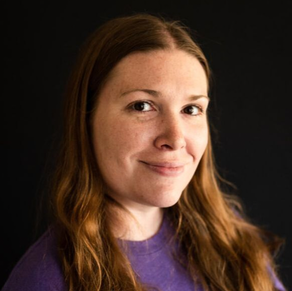 Yellow Band (Primary Level Program) Educator & Parent of Two TIS Students |
TIS StakeholdersA collection of thoughts, ideas and reflections from our educators, students, and families. Archives
September 2023
Categories |

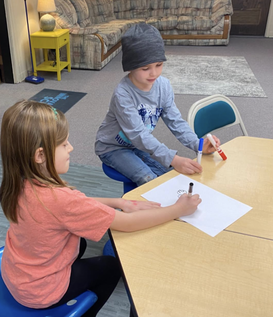

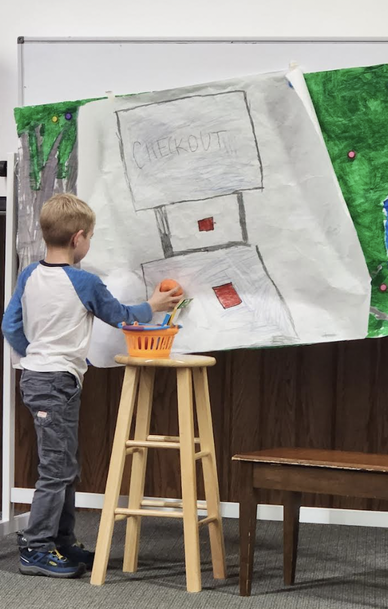


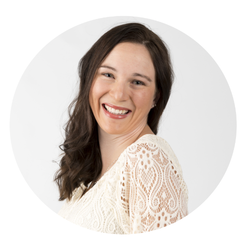
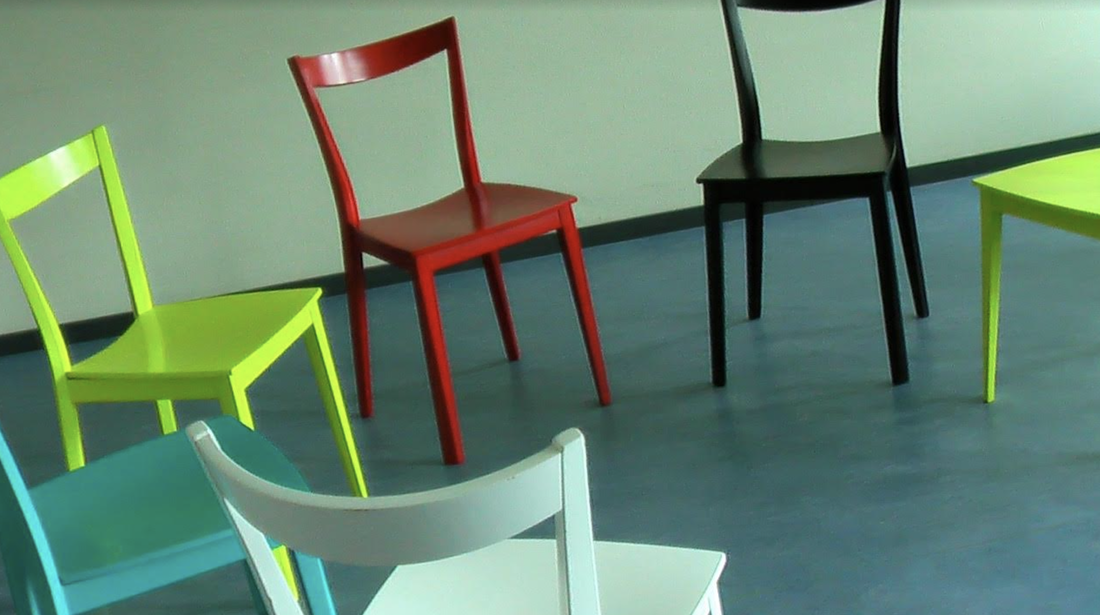

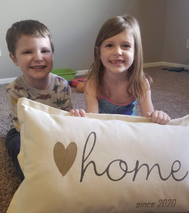
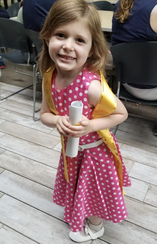

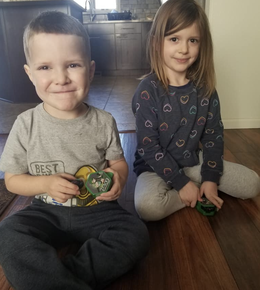

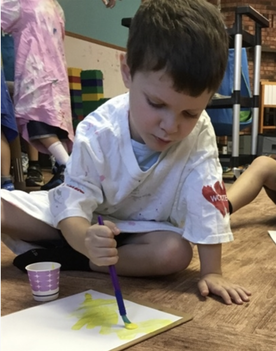

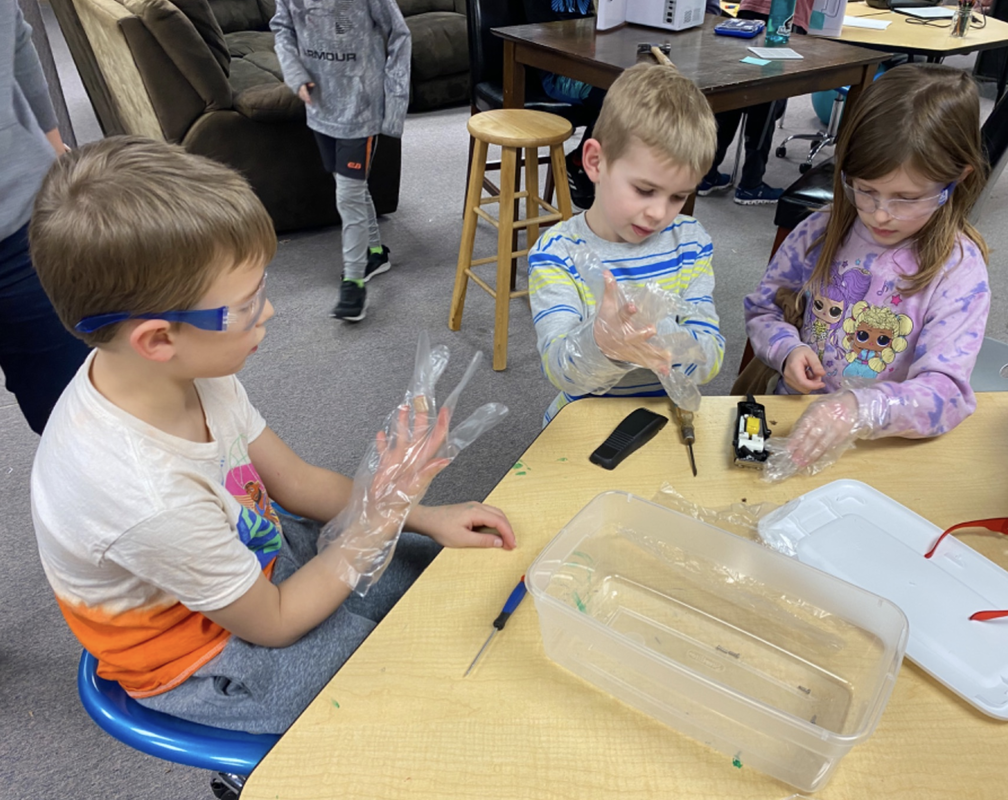
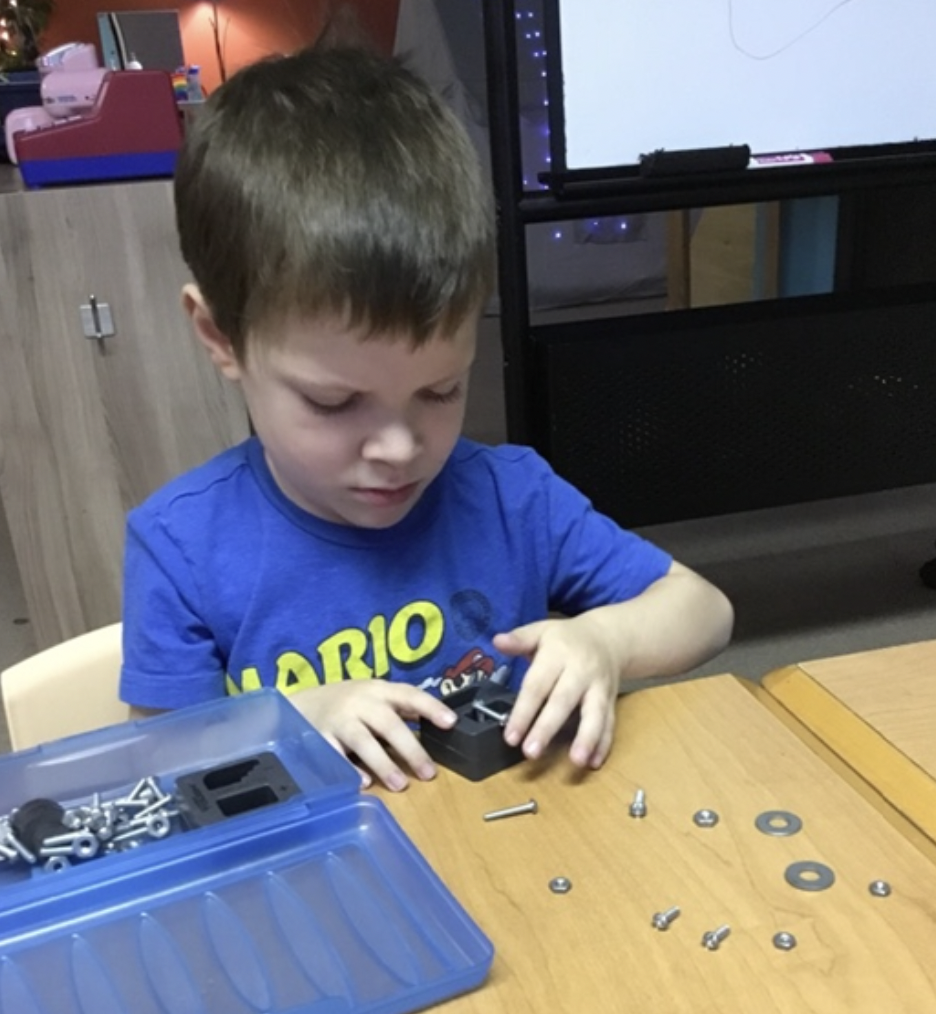

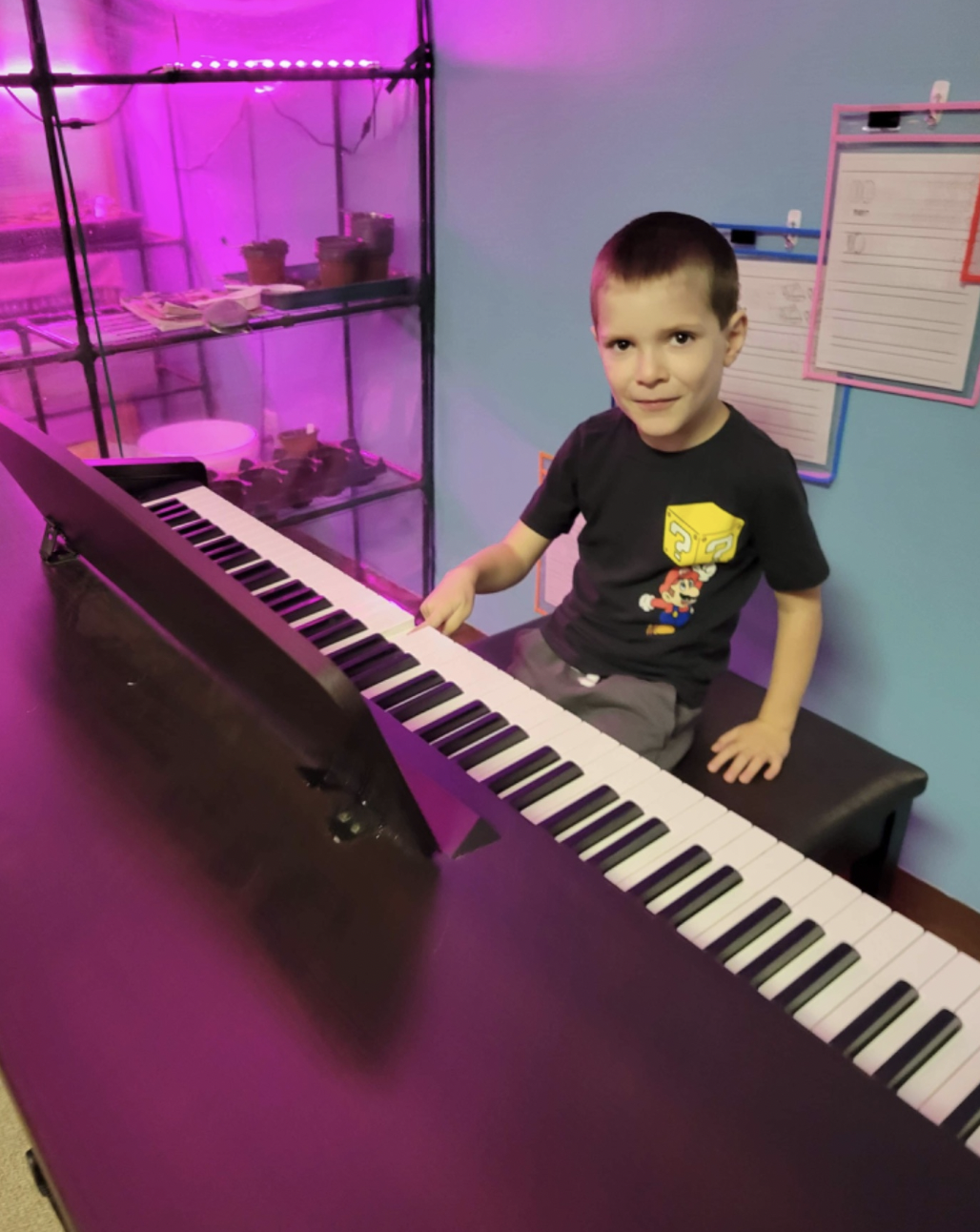


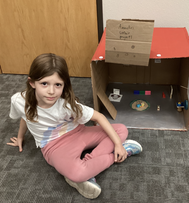



 RSS Feed
RSS Feed
